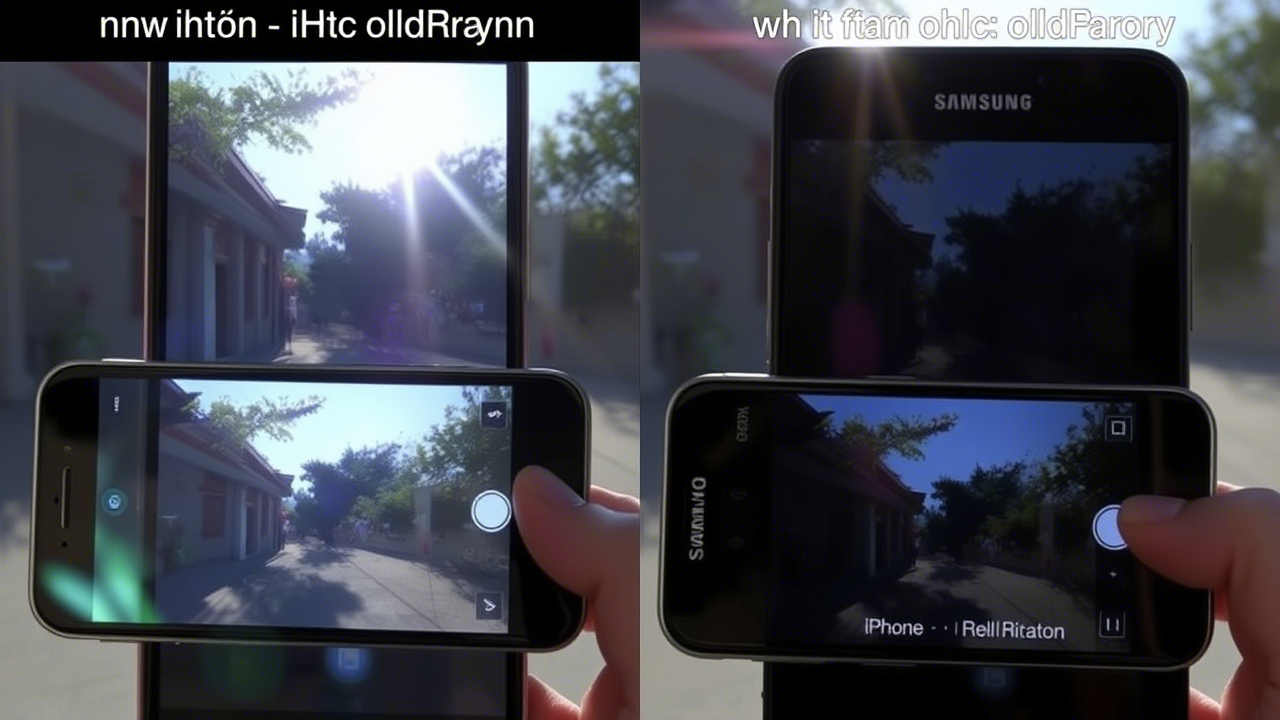
Real-Time HDR Comparison: iPhone vs. Galaxy – A Calm and Balanced Look
Real-Time HDR Comparison: iPhone vs. Galaxy – A Calm and Balanced Look
When it comes to smartphone photography, HDR (High Dynamic Range) plays a crucial role in capturing well-balanced shots, especially in challenging lighting conditions. Both Apple’s iPhone and Samsung’s Galaxy series excel in this area, but they approach HDR processing differently.
In this relaxed comparison, we’ll take a measured look at how these two flagship lineups handle real-time HDR—without the hype or fanfare—just clear observations.

How HDR Works on iPhone vs. Galaxy
iPhone’s Approach: Smart and Subtle
Apple’s iPhones use a computational photography system called Smart HDR, which automatically adjusts exposure, highlights, and shadows in real time. The processing tends to be more conservative, preserving natural contrast while still recovering details in bright and dark areas.
- Pros:
- More natural-looking shadows and highlights.
- Smooth transitions between light and dark areas.
- Less aggressive sharpening, leading to a cleaner image.
- Cons:
- Sometimes lacks the punchy contrast some users prefer.
- Can appear slightly flat in certain lighting.
Galaxy’s Approach: Bold and Vibrant
Samsung’s Galaxy phones (especially the S and Ultra models) use HDR10+ and advanced multi-frame processing. The result is often a brighter, more vivid image with boosted shadows and controlled highlights.
- Pros:
- More dramatic contrast and saturation.
- Better visibility in deep shadows.
- Works well for social media-ready shots.
- Cons:
- Can sometimes over-brighten scenes.
- Occasional loss of fine details due to heavy processing.
Real-World Comparisons
1. Daylight Scenes
- iPhone: Balances the sky and foreground well, keeping clouds detailed without blowing out highlights.
- Galaxy: Tends to brighten shadows more, making everything visible but sometimes reducing depth.
2. Backlit Portraits
- iPhone: Maintains a natural skin tone while recovering background details softly.
- Galaxy: Brightens faces significantly, which can look great but sometimes unnatural.
3. Low-Light HDR
- iPhone: Prioritizes noise reduction, leading to smoother but slightly softer images.
- Galaxy: Aggressively lifts shadows, revealing more detail but sometimes introducing grain.
Which One Should You Choose?
Neither is definitively “better”—it depends on your preference:
- Pick the iPhone if you prefer a more restrained, true-to-life HDR effect.
- Go for the Galaxy if you like brighter, more eye-catching photos with deeper shadows.
Both phones excel in real-time HDR, and advancements in computational photography mean you’ll get stunning shots either way.
What’s your take? Do you lean toward natural tones or vibrant contrasts? Let’s keep the discussion calm and friendly—after all, great photography is subjective.